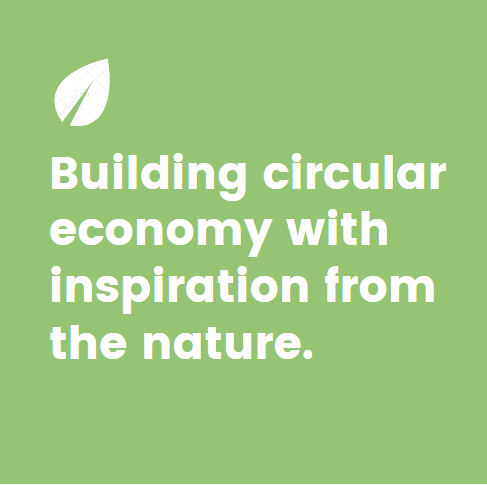Circular economy is an emerging concept in sustainable development and business that aims to design out waste and pollution, keep products and materials in use, and regenerate natural systems. And it is appealing to all types of people including activists, investors, business leaders, environmentalists, and economists.
The idea of a circular economy has been gaining traction in recent years as a way to move beyond the linear “take-make-waste” model of development and create a more sustainable future. A circular economy is based on the principles of waste prevention, resource conservation, and environmentally responsible production and consumption.
There are many reasons to believe that a circular economy is not only possible but necessary. The world is facing significant challenges in terms of environmental sustainability, resource scarcity, and climate change.
A linear economy is simply not sustainable in the long term.
The good news is that we can learn a lot from nature when it comes to creating a circular economy.
Here are four lessons we can take from nature to help build a circular economy.
1. Use resources efficiently
In nature, everything is connected and there is no such thing as waste. All materials are reused and recycled to create new life. For example, trees turn carbon dioxide into oxygen, which we need to breathe. And when a tree dies, its wood can be used to build homes or create furniture.
We can follow the above lesson in the way we use resources in our own lives. We can design products and packaging that are easy to recycle and reuse. And we can support businesses that are using sustainable methods to create their products.
2. Protect existing resources
Plants and animals have long been known for being able to protect their existing resources. For instance, trees provide shade and shelter for other plants and animals. And bees use wax to build hives that protect their colonies from the elements.
We can protect our resources in a similar way by using them wisely and not wasting them. To give an example, we can turn off the lights when we leave a room and recycle our paper and plastic instead of throwing them away. And use the waste from one industry as a resource for another, such as using food waste to create biofuel. We can also advocate for policies and regulations that promote resource conservation.
3. Converting waste into valuable stuff
In nature, there is no concept of waste because everything is recycled and reused. When an animal dies, its body decomposes and provides nutrients for plants. And when a plant dies, it becomes food for animals.
We can take a similar approach to waste management in our own lives. We can compost our food scraps and other organic waste. And we can recycle our paper, plastic, and metal waste. By doing so, we can reduce the amount of waste that goes to landfill and help to create new products from recycled materials.
4. Diversify to thrive
Diversity is key to a healthy ecosystem. A diverse range of plants and animals helps to create a balance in nature and makes ecosystems more resilient to change.
We can apply this lesson to the way we live our lives and run our businesses. We can diversify our efforts in protecting the environment in a variety of ways. All types of waste management and recycling, for example, should be promoted. And we should also invest in renewable energy sources such as solar and wind power.
And we can support businesses that are using sustainable and environmentally friendly practices.
There are plenty of other lessons we can learn from nature when it comes to creating a circular economy. But these four are a good place to start. By using resources efficiently, protecting existing resources, converting waste into valuable stuff, and diversifying to thrive, we can build a more sustainable future for all.

